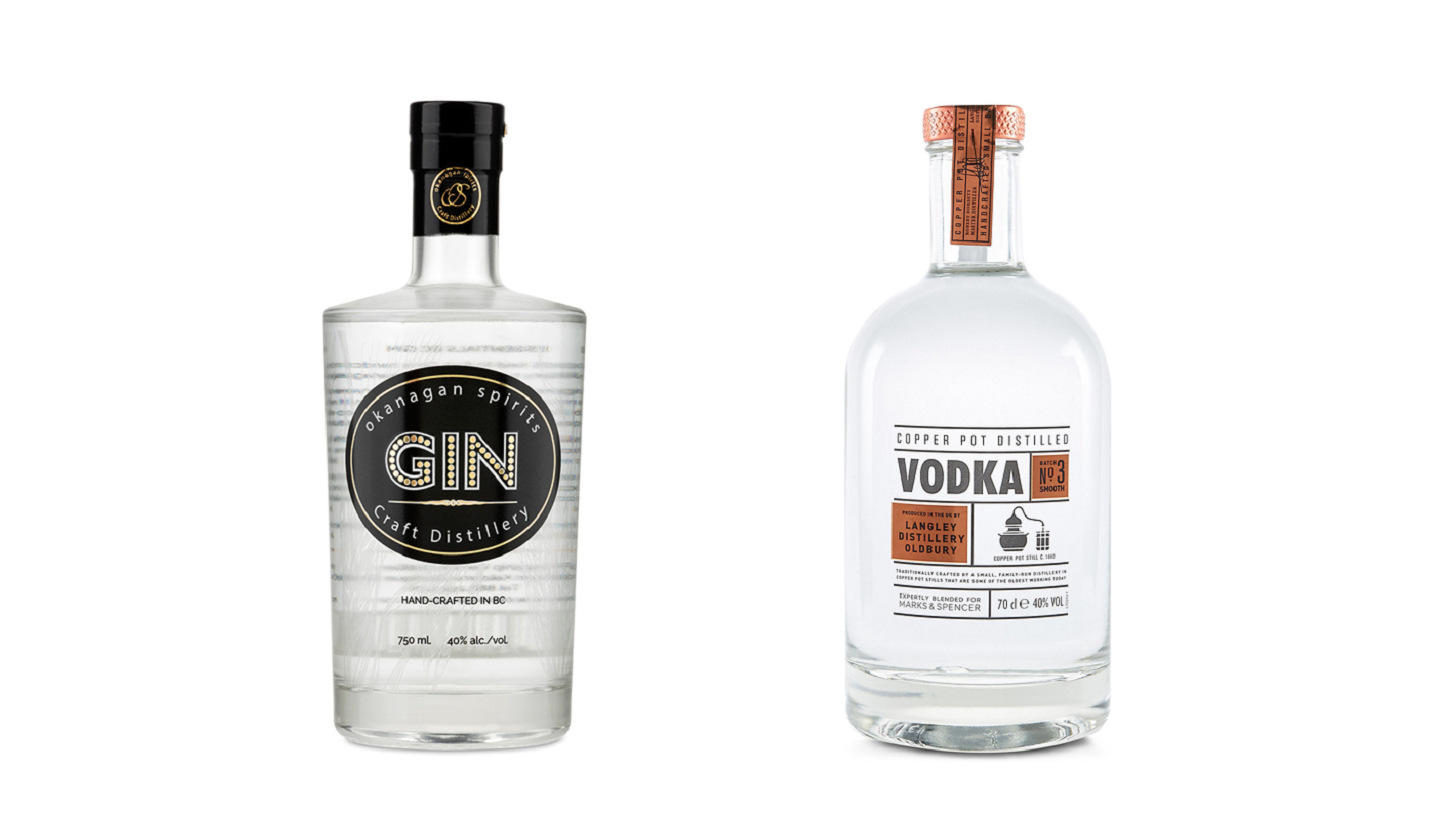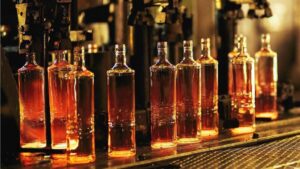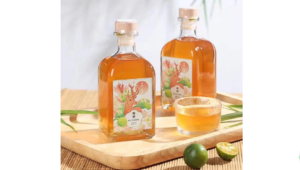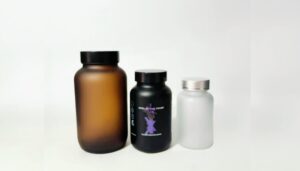Vodka and Gin are the two most popular spirits liquor throughout the whole world, frequently used for forming the basis of a great of cocktail drinks. Glass bottles are the most commom liquor bottles in the alcohol market. People love to have a cup of vodka or gin, but not all of them understand the difference between vodka and Gin liquor. Both vodka and Gin are clear alcoholic drinks, sharing several similarities. However, these two favorite clear liquors have distinct differences.
In this article, we will together go further to learn about the differences between Vodka and Gin, from the definition, ingredients, distillery process, tastes.
What is Gin?
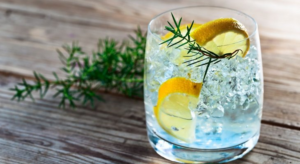
Gin is a distilled alcoholic drink that derives its predominant flavour from juniper berries. Gin is a Dutch creation and the English made it popular worldwide. Today, a lot of spirits lovers throughout the world, including many fashion young drinkers consume the most gin. They mix the gin spirits to form the basis of numerous cocktail drinks share several similarities. Most of us recognize gin by its distinct flavor and aroma, however we don’t know what gives the gin spirits that flavor and aroma. The most noted flavor of gin is it pine flavor, which comes from its main ingredient–juniper berries–a small berry like botanical. Since the most noted character of gin is the pine flavor, therefore, a beverage can’t be called gin unless it has juniper berry ingredient.
What is Vodka?
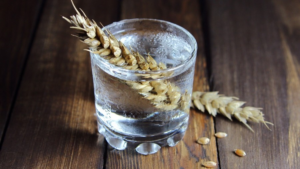
Vodka is a clear, distilled alcoholic beverage, neutral, odorless, tasteless and colorless spirit. It composed primarily of water and ethanol. Vodka is characterized by being one of the heaviest drinks with 40% alcohol-by-volume (80 proof). Traditionally it is made by distilling the liquid from cereal grains that have been fermented, with potatoes arising as a substitute in more recent times, and some modern brands using fruits, honey or maples sap as the base. Vodka is traditionally drunk “neat” (not mixed with water, ice, or other mixers), and it is often served freezer chilled in the vodka belt of Belarus, Estonia, Finland, Iceland, Lithuania, Latvia, Norway, Poland, Russia, Sweden, and Ukraine. It is also used in cocktails and mixed drinks, such as the vodka martini, Cosmopolitan, vodka tonic, screwdriver, greyhound, Black or White Russian, Moscow mule, Bloody Mary, and Caesar.
Ingredients Different for Vodka and Gin
The major difference between spirits is in the raw material used in the production, aside from the countries of origin.
Vodka derived its name from ‘Voda’- the Russian word that means water. Being as clear as water, and flavorless. It can be made from a range of different things with water and ethanol as the main components. Vodka can be infused with flavors from whatever is mixed into it like orange soda, cranberry, or other things.
However, gin is distilled from malt and grain, then mixed with Juniper berries-the well know part of Gin spirits. This gives Gin the distinctive flavor of Juniper. Not all flavored liquor can be called Gin if with no Juniper berries composition.
Process of Manufacturing Vodka & Gin
The process of manufacturing vodka involves a number of stages, namely:
- Preparation of the mash
- Inoculation and sterilization
- Fermentation
- Distillation and modification
- Adding water
- Bottling
Step 1. Preparation of the Mash
With the development of technology, modern manufacturing technologies have been invented and all the grains or vegetables are loaded into automatic mash tub machines. As the tub starts to rotate, the raw materials are broken down, and then grounded malt meal is added so as to facilitate the conversion of the starch to sugar.
Step 2. Inoculation and Sterilization
This is an essential stage as it will prevent the growth of bacteria. The sterilization is carried out by heating the mash of the boiling point. Lactic-acid bacteria are added to mash so as to facilitate the fermentation by increasing the acidity levels. As soon as the desired acidity level is achieved, the mash is inoculated.
Step 3. Fermentation Process
The sterilized mash is now poured into stainless steel vats, and the yeast is added before the vats are sealed. This is left for a period of 2 to 4 days, and the yeast enzymes will convert the sugars in the mash to ethyl alcohol.
Step 4. Distillation and Modification
The ethyl alcohol produced is in a liquid state and is pumped into large stainless steel columns that have vaporization chambers on top. The alcohol is heated with steam while being cycled up and down to produce vapors, which are condensed. All impurities are removed at this stage.
Step 5. Adding Water
The vapors are concentrated and record alcohol levels of 95-100%, which is a very high proof of about 190. This is quite toxic, and in order to make the vodka drinkable, water is added so as to lower the proof to about 80, which translates to 40% alcohol content.
Step 6. Bottling
Finally, the alcoholic beverages are stored in glass bottles. Glass is non-reactive and will not interfere with the chemical composition of vodka. In most distilleries, the bottling process entails cleaning, filling up, capping and then sealing.
Gin Manufacturing Process
This following steps are the basic stages involved in Gin manufacturing process:
- Combine the base ingredients
- Ferment the base
- Strain the mixture
- Distill
- Collect and sort the product
- Dilute
- Bottle
Step 1. Combine the base ingredients.
make a fermentable base, gin makers will mix dried, prepared grains—like flaked maize and wheat malt—with water and yeast. They then heat and stir the mixture (sometimes called “gin mash”) to make sure it’s well combined and ready to ferment.
Step 2. Ferment the base.
Gin makers then store their base mixture for a specified amount of time—often between one and two weeks—to fully ferment the mixture. During this step, the compounds begin to break down and produce a simple, natural alcohol called ethanol.
Step 3. Strain the mixture.
Once fermentation is complete, gin makers strain off the liquid from the fermented solids. They’ll discard the solids and use the liquid (ethanol) to make gin.
Step 4. Distill.
Distillation is a process that purifies a liquid by heating and vaporizing it, then collecting the vapor as it recondenses into a liquid. The resulting liquid is considered purer (since it leaves behind many impurities when it evaporates) and more alcoholic. Gin makers all take different approaches to distillation—some may distill only once or twice, while others may require distillation and redistillation many times for a more pure result. They may also add botanicals at various stages of the process—some steep their botanicals in ethanol before or between distillings. Others add botanicals during distilling with a special still.
Step 5. Collect and sort the product.
The liquid that gin makers have after distillation isn’t all the same because as ethanol distills, the resulting liquid changes. The first 35 percent of a distillation results in an ethanol product that contains methanol or acetone and can be highly volatile or toxic—containers of this liquid are called the “foreshots” and the “heads,” and distillers usually throw them out. The following 30 percent contains the “hearts,” which are the best, most usable product. The final 35 percent are the “tails,” which are impure but can be kept and redistilled for a little more product.
Step 6. Dilute.
Once the distillers have their distilled product, they’ll dilute the gin to the desired alcohol content by testing the alcohol by volume (ABV) and gradually adding water. At this step, distillers making gin liqueur may add additional flavorings or sugar to create products like sloe gin, pink gin, or rhubarb gin.
Step 7. Bottle.
The final step is the bottling process, in which gin makers add the final product to labeled bottles.
Taste Difference:
Vodka and Gin, both spirits are excellent drinks and great choices for a cocktail. As said, they are two of the most popular cocktail ingredients in the world. Although both drinks are clear and colourless, it is a different case when it comes to the palate. Gin has a distinctive herbal taste, while vodka is generally tasteless and neutral. Vodka is water-based, while gin is distilled with juniper berries and botanicals giving them their distinct flavours.
Vodka is the crucial ingredient of cocktails such as Screwdriver, Bloody Mary, Moscow Mule, Black Russian, among others. Gin is central in the iconic Martini, White Lady, Vesper, Hanky Panky, Gin Rickey and more.
Conclusion:
Are you looking for high end glass bottles for Vodka and Gin from experienced liquor bottle manufacturers? Do you want your Vodka and Gin bottle more attractive with personalized decorations? You are coming to the right place! We supply various types of liquor bottles for vodka and gin packaging. Your ideal vodka bottle not listed on our liquor bottle catalog? Please forward your bottle design sketch to our professional design team. We are your expertise custom glass bottle manufacturer, customize your bespoke bottles from designs to commercial products.

